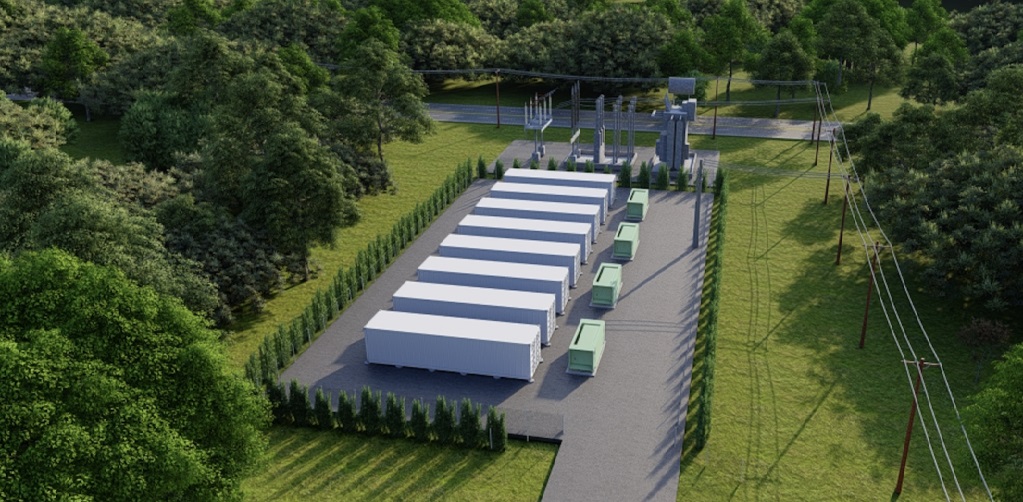Grid scale energy storage is on the upswing in the U.S., driven in part by the Inflation Reduction Act (IRA). Energy storage was a topic discussed in a panel session at the pv magazine Roundtables US held in October, where George Hershman, chief executive officer of SOLV Energy, noted that the IRA inclusion of an investment tax credit for standalone energy storage projects is a first for storage.
According to the recent Wood Mackenzie and American Clean Power Association (ACP) Energy Storage Monitor Report, in Q3 grid scale increased deployment by 37% quarter on quarter for 2.2 GW/6.8 GWh. This boost led to a record-breaking quarter for both MW and MWh installed.
“Energy storage deployment is growing dramatically, proving that it will be essential to our future energy mix,” said Frank Macchiarola, ACP chief policy officer. “This industry will serve as the backbone of our modern grid. As we continue to build a strong domestic supply chain, streamlined permitting and evolving market rules can further accelerate the deployment of storage resources.”
In addition to the credit offered by the IRA, another driver is utility adoption. At the pv magazine Roundtables US, Vanessa Witte, senior research analyst, Wood Mackenzie, said that energy storage projects are also being increasingly targeted by utilities in their integrated resource plans as a flexible tool with strong rates of return for revenues. Grid congestion is an increasingly difficult challenge for utilities, and energy storage often offers a much better rate of return than building more transmission lines in the area, she noted.
Grid scale challenges
As the energy storage market grows, so does its demand on the supply chain. One of the greatest challenges in the past year has been a shortage of transformers. Not only is the energy storage market competing against renewables for access to newly minted transformers, but it’s competing against the burgeoning electric vehicle market as well as the growing demands for data centers, Debrup Das, head of renewables, North America, at Hitachi Energy, told pv magazine USA.
In addition to growing demand, prices of transformers are rising, mainly due to increased raw material demand, pandemic-related shortages and backlogs, labor constraints, shipping issues, and geopolitical tensions.
Other challenges faced by a growing energy storage manufacturing in the U.S. include availability and price of raw materials for batteries, as well as recruiting and training a manufacturing workforce.
Future needs
The United States announced that it is joining Australia, Canada, and the European Commission in launching a new Clean Energy Ministerial (CEM) global initiative on supercharging grid-scale battery storage. This initiative aims to build a secure and transparent supply chain to boost stationary battery storage development and deployment. Jennifer M. Granholm, U.S. Department of Energy secretary applauded this step, saying that “battery storage is an essential piece of the decarbonization puzzle”. She estimates that the U.S. will need 1.5 TW to 2.5 TW of power capacity, plus up to tens of thousands of terawatt-hours in storage duration to get to net zero.
This content is protected by copyright and may not be reused. If you want to cooperate with us and would like to reuse some of our content, please contact: editors@pv-magazine.com.









By submitting this form you agree to pv magazine using your data for the purposes of publishing your comment.
Your personal data will only be disclosed or otherwise transmitted to third parties for the purposes of spam filtering or if this is necessary for technical maintenance of the website. Any other transfer to third parties will not take place unless this is justified on the basis of applicable data protection regulations or if pv magazine is legally obliged to do so.
You may revoke this consent at any time with effect for the future, in which case your personal data will be deleted immediately. Otherwise, your data will be deleted if pv magazine has processed your request or the purpose of data storage is fulfilled.
Further information on data privacy can be found in our Data Protection Policy.